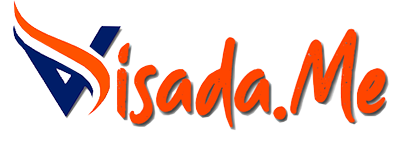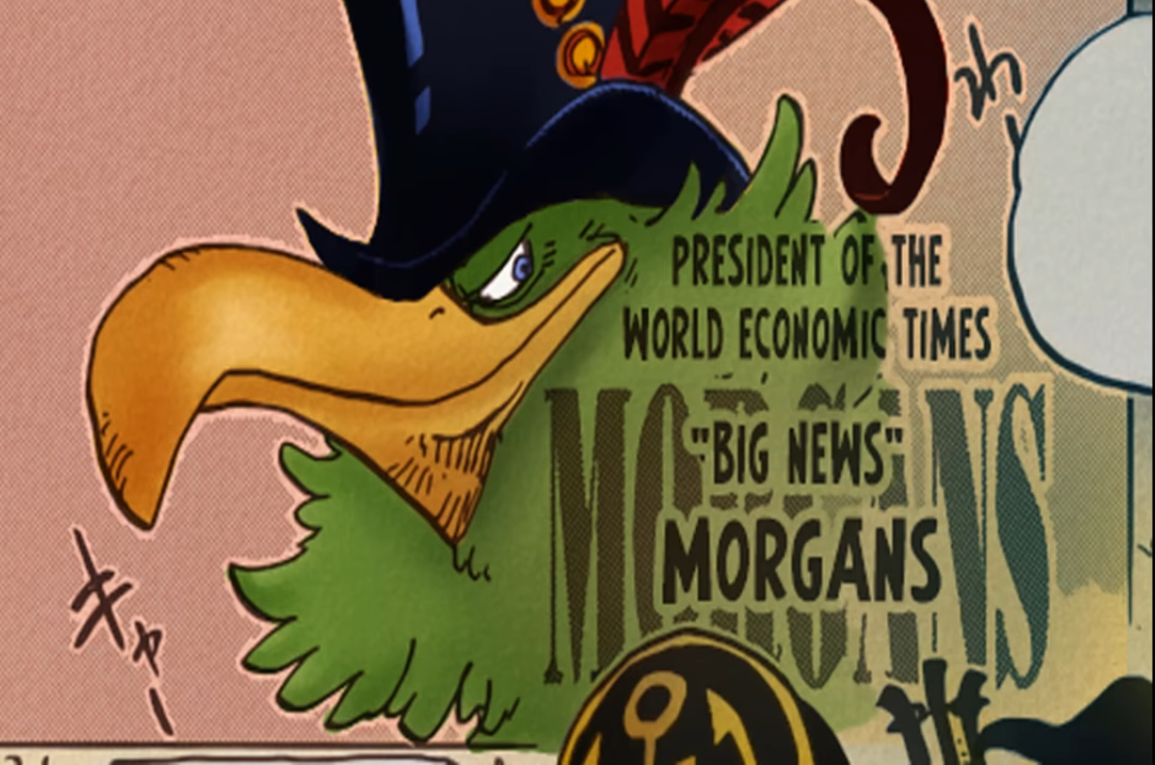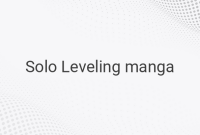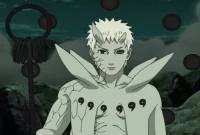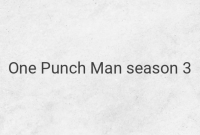The One Piece manga, created by Eiichiro Oda, has captivated readers around the world with its intricate storyline and fascinating characters. One of the interesting elements introduced in the manga is the newspaper called World Economic Times. This article explores the role of the newspaper in shaping public perception, the potential distortion of information, and the broader theme of media biases and agendas.
From the beginning episodes of One Piece, the World Economic Times serves as a significant source of information dissemination in the world of One Piece. Unlike modern newspapers, this publication covers not only economic news but also political issues. It acts as a global platform to keep readers informed about the latest happenings in the One Piece universe.
However, it is important to note that the World Economic Times is not a neutral news outlet. It has a close relationship with the Germa 66 family, a powerful group within the One Piece world. This connection raises questions about the newspaper’s objectivity and impartiality. The World Economic Times blatantly labels pirate groups as criminals, indicating its bias against them. This bias is evident in the newspaper’s reporting, often painting pirates as villains rather than recognizing the complexities of their actions.
One notable instance of the World Economic Times’ bias is its alteration of Sanji’s wanted poster. Upon the request of Sanji’s family, the newspaper replaced his ‘Wanted Dead or Alive’ status with ‘Only Alive.’ This change reflects the newspaper’s willingness to bend its reporting based on specific interests and alliances. It raises concerns about the reliability of the information presented and the manipulation of facts to serve certain agendas.
Additionally, the World Economic Times has made several reporting mistakes, further undermining its credibility. One such error was falsely reporting Doflamingo’s exit from the Shichibukai, one of the most powerful pirate organizations. This misinformation not only misleads readers but also has serious consequences in the One Piece world. It highlights the potential dangers of relying solely on a single news source for accurate information.
Another example of the newspaper’s flawed reporting is the spread of fake news about Big Mom’s assassination plan by the Straw Hat Pirates. This fabricated story creates chaos and confusion among both bounty hunters and civilians. It demonstrates the significant impact that media misinformation can have on individuals’ plans and decisions.
The World Economic Times’ biased reporting and the potential distortion of information are not unique to the fictional world of One Piece. In the real world, mass media outlets often have their own media politics and biases. The news we consume may not always provide a complete and accurate representation of reality. It is crucial for readers to be critical and discerning when consuming news, both in the One Piece universe and in our daily lives.
The key takeaway from the presence of the World Economic Times in One Piece is the reminder that media outlets, including newspapers, can have their own agendas and biases. This reminder serves as a valuable lesson for readers to question the information presented and seek multiple perspectives before forming opinions. In a world filled with information, being an informed and critical thinker is essential.
As readers delve into the world of One Piece, they witness the influence and potential distortion of information by media organizations. The World Economic Times plays a significant role in the narrative, shaping characters’ plans and decisions. It also shapes the perception of bounty hunters and civilians in the One Piece world. This dynamic between media and power further emphasizes the importance of understanding media biases and agendas.
In conclusion, the introduction of the World Economic Times in the One Piece manga sheds light on the role of media in shaping public perception. The biases and agendas portrayed in the newspaper raise awareness about the potential distortion of information and the need to be critical consumers of news. Whether in the fictional world of One Piece or in our world, media outlets can have their own agendas and biases. It is crucial for readers to approach news with a discerning eye and seek multiple perspectives to form well-rounded opinions. The influence of the World Economic Times serves as a reminder of the complex relationship between media and power.
